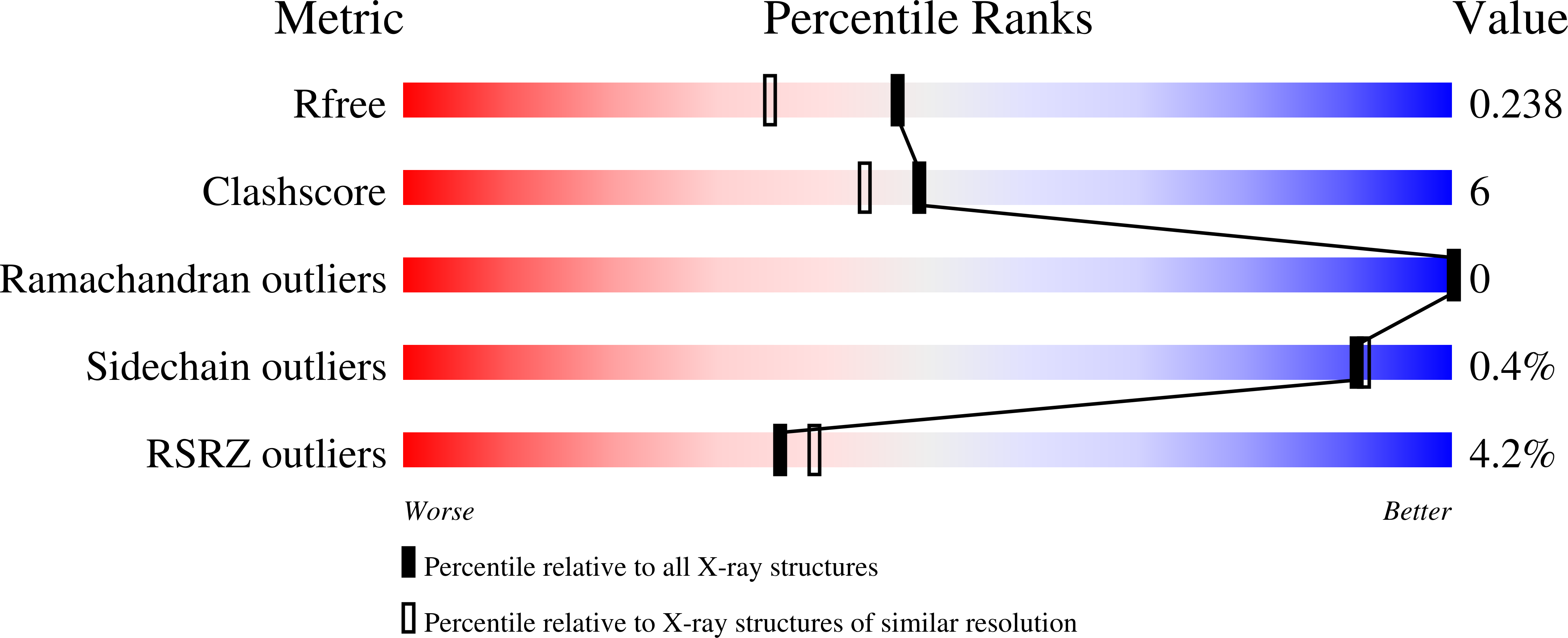
Deposition Date
2003-04-11
Release Date
2003-07-22
Last Version Date
2023-08-16
Entry Detail
PDB ID:
1P14
Keywords:
Title:
Crystal structure of a catalytic-loop mutant of the insulin receptor tyrosine kinase
Biological Source:
Source Organism:
Homo sapiens (Taxon ID: 9606)
Host Organism:
Method Details:
Experimental Method:
Resolution:
1.90 Å
R-Value Free:
0.24
R-Value Work:
0.22
R-Value Observed:
0.22
Space Group:
P 21 21 21


